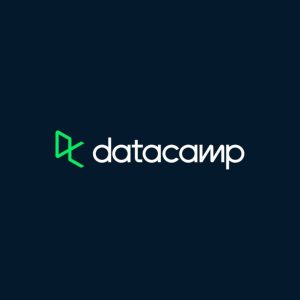Handling Data and Stateful Applications in Docker and Kubernetes
You can run stateful applications and databases in containers – but should you? This course teaches you how the container filesystem works, how to persist data outside of containers, and how to choose storage options for Docker and Kubernetes.
Containers are meant to be short-lived – you replace them any time you update your app code or apply a security patch. What happens to the data inside containers when you replace them, and how can you get the benefits of containerization for stateful applications? In this course, Handling Data and Stateful Applications in Docker and Kubernetes, you’ll learn how storage works in containers – how the filesystem is constructed and how you can persist data outside of the container lifecycle. First, you’ll learn about image layers and volume mounts in Docker. Then, you’ll explore how to inject configuration files into containers with Kubernetes. Next, you’ll explore options for writing persistent data in Kubernetes clusters. Finally, you’ll discover about optimizing Docker images and managing storage on servers and registries. By the end of the course, you’ll understand all the choices for handling data in containers, and you’ll be able to run your own stateful apps in Docker and Kubernetes.
Author Name: Elton Stoneman
Author Description:
Elton is a 10-time Microsoft MVP, author, trainer and speaker. He spent most of his career as a consultant working in Microsoft technologies, architecting and delivering complex solutions for industry leaders. He has delivered APIs on Azure serving millions of clients daily, Big Data solutions processing billions of events weekly, and cutting-edge solutions powered by containers. Elton’s experience with .NET goes from .NET 1.0 running on Windows Server, right up to .NET Core running on Linux. Wh… more
Table of Contents
- Course Overview
2mins - Understanding the Container Filesystem
51mins - Reading Application Configuration in Kubernetes Volumes
72mins - Persisting Data in Kubernetes
46mins - Managing Storage on Servers and Registries
45mins







There are no reviews yet.